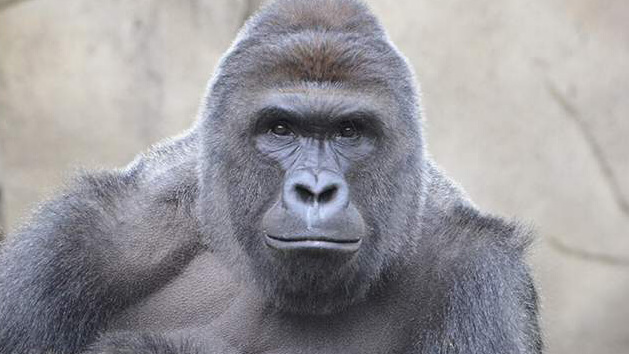The decision made by Cincinnati Zoo seemed like a no-brainer.
A three-year old boy had climbed over a fence and fallen into the enclosure of a 4001b Gorilla named ‘Harambe’. Even though the gorilla did not appear to be attacking the child, even though the gorilla was from an endangered species, Zoo Director Thane Maynard described “an extremely strong animal in an agitated situation … [the child] certainly was at risk”. The Zoo’s emergency response team shot dead the animal.
Seasoned animal rights campaigners like PET A (People for the Ethical Treatment of Animals) could see that mainstream public opinion was going to back the risk to human life as more important than the animal. It shrewdly nuanced its view that “captivity has taken an animal’s life” with a statement that the enclosure “should have been surrounded by a secondary barrier between the humans and the animals to prevent exactly this type of in- cident”. As for the media, it enjoyed spending a day reporting on the drama itself – the boy was unharmed in fact -before spending the next two days vigorously reporting the ‘Backlash’. A backlash made possible by social media which aggregated and amplified sentiment, opinion and condemnation of the child’s parents.
Over 300,000 people stampeded to sign an online petition calling for the boy’s parents to “be held accountable for the lack of supervision and negligence that caused Harambe to lose his life” and for “an investigation of the child’s home environment”. Some 200,000 demonstrated their commitment to the witch-hunt by “liking” a similar ‘Justice for Harambe’ page on Facebook. It worked.
The Zoo has found itself in the middle of it all – I bet its crisis communications manual hadn’t predicted this scenario. But its communications have been robust, respectful and human. They have also been quite light-of-touch given the emotions that before spending the next two days vigorously reporting the ‘Backlash’. A backlash made possible by social media which aggregated and amplified sentiment, opinion and condemnation of the child’s parents.
Over 300,000 people stampeded to sign an online petition calling for the boy’s parents to “be held accountable for the lack of supervision and negligence that caused Harambe to lose his life” and for “an investigation of the child’s home environment”. Some 200,000 demonstrated their commitment to the witch-hunt by “liking” a similar ‘Justice for Harambe’ page on Facebook. It worked. The Zoo has found itself in the middle of it all – I bet its crisis communications manual hadn’t predicted this scenario. But its communications have been robust, respectful and human. They have also been quite light-of-touch given the emotions that are running high all round. And while some humans have been busy censuring other humans, I suspect that the Zoo’s reputation will emerge stronger.
Key Take Aways
Frame Your Response.
Cincinnati Zoo seems acutely aware that this story could become a cause celebre for animal rights campaigners (as did ‘Cecil the Lion’ story last year). Whatever one’s views about animals in captivity, the Zoo has communicated effectively and it has contextualised its response with its love for animals and pride at being at the heart of animal conservation.
Stay The Course.
As the story moved on to focus on the child’s parents, the Zoo’s communications have remained admirably focused on the principles that guided its decisions rather than getting drawn into the debate about the actions of others.

